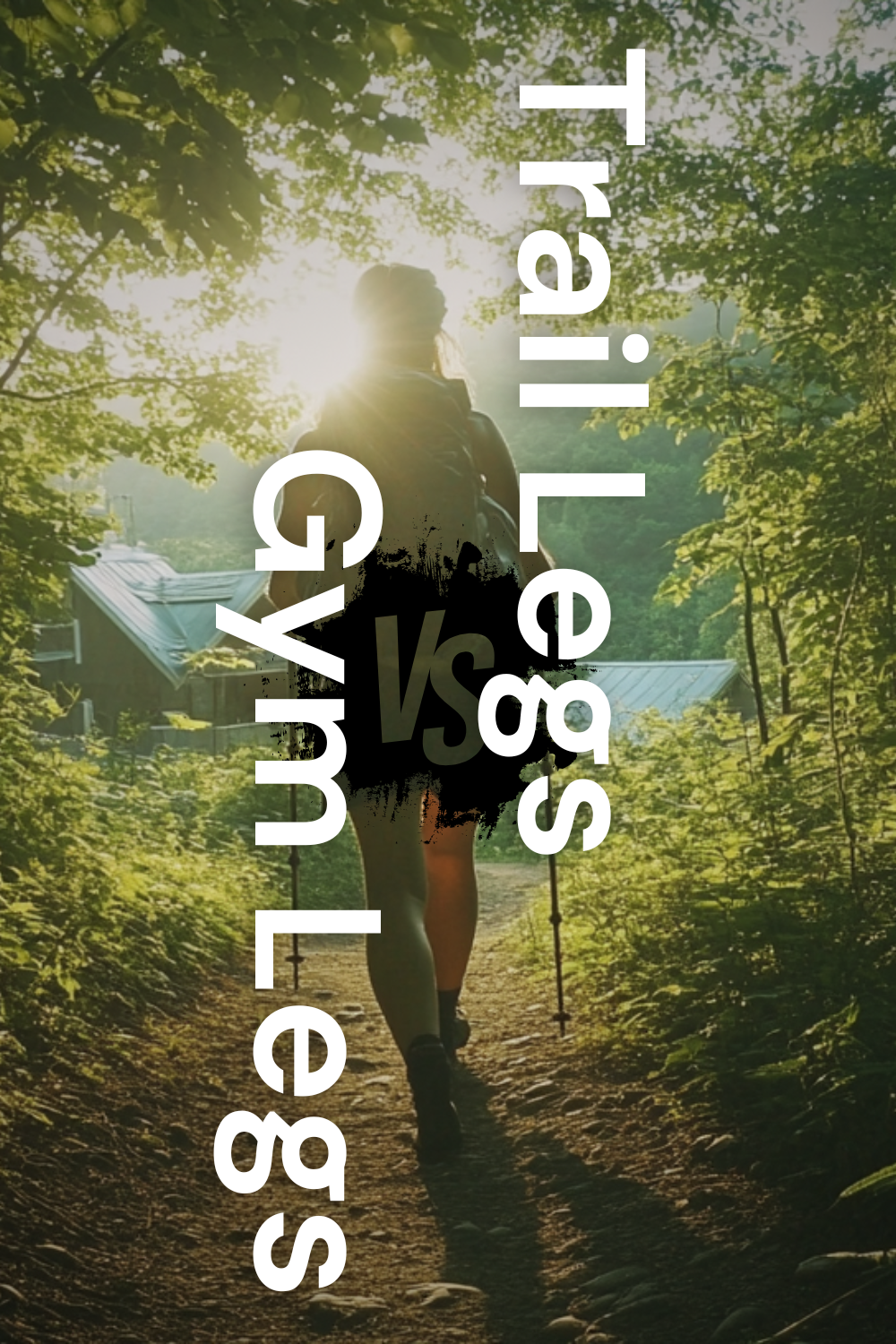You've probably noticed that hikers seem to possess a unique kind of strength. Their legs aren't just muscular; they're resilient, adaptable, and built for endurance. This isn't by chance. The trail sculpts a hiker's body in ways that a gym simply can't replicate. It's not just about aesthetics or lifting heavy weights; it's about functional strength that can carry you over mountains and through valleys.
But what are trail legs and what sets them apart from gym legs, and why does it matter? The answer lies in the complex interplay between nature's challenges and the human body's remarkable ability to adapt.
The Science Behind Trail Legs

Frequently, hikers notice a significant difference between their performance on trails versus in the gym. As you set out on your first multi-day trek, you'll feel the burn in your muscles, the ache in your bones, and the exhilaration of pushing your body to its limits. This is where the magic of trail legs takes place.
During the first few weeks on the trail, your body undergoes a remarkable transformation.
Your muscles adapt to the constant, varied movement over uneven terrain, developing a unique strength and endurance that can't be replicated in a gym. You'll feel your quads tighten, your calves bulge, and your core engage with every step.
The unyielding ascents and descents challenge your body in ways a treadmill never could, forging a connection between your mind and muscles that's unparalleled.
As you push through the initial discomfort, you'll notice your stride lengthening, your balance improving, and your stamina soaring.
Your body becomes a finely-tuned hiking machine, capable of conquering miles of rugged wilderness with ease.
This is the essence of trail legs – an affirmation of the human body's incredible ability to adapt and thrive in nature's gym.

Trail-Ready Fitness: Beyond Gym Aesthetics

When it comes to preparing for the trail, functional strength trumps isolated muscle training. Your body needs to be ready for the rugged, unpredictable challenges that await you in the wilderness. While gym workouts might help you build much muscle, they often fall short in preparing you for the dynamic physical activity of hiking.
Exercises like squats, lunges, and step-ups mimic the movements you'll encounter on the trail, building the endurance and stability you'll need to conquer those intimidating ascents.
Traditional gym routines focus on isolated muscles, sculpting biceps and quadriceps that could look impressive but lack real-world application.
Conversely, functional strength training prepares your body for the orchestra of movements required in hiking. It's not just about building muscle; it's about creating a resilient, adaptable physique that can withstand the rigors of the trail.
By incorporating functional exercises into your routine, you'll develop trail legs that carry you through the most challenging terrains, leaving gym legs in the dust.
Nature's Obstacle Course: Sculpting Your Hiking Body

Countless terrain challenges encountered on the trail shape a hiker's physique in ways that gym workouts simply can't replicate. As you navigate rugged paths, your body adapts to the ever-changing topography, forging a unique physique that's primed for adventure. Your legs become powerful engines, propelling you up steep inclines and steadying your descent on treacherous slopes.
But it's not just about leg day; your upper body transforms too, as you scramble over boulders and pull yourself up rocky faces.
This full-body engagement doesn't just build muscle mass; it crafts a resilient frame that's less prone to injuries. As you traverse uneven terrain, your core tightens, your balance sharpens, and your proprioception heightens. You become a master of your own body, able to react instinctively to the shifting ground beneath your feet.
The trail molds you into a versatile athlete, ready to conquer any challenge nature throws your way.
Conquering Miles: The Evolution of Hiking Stamina

The trail's final test lies in its demand for endurance. You'll find, as you set out on your journey, that the first few weeks are a crucible of adaptation.
Your body, pushed to its limits every day, begins to awaken dormant nerves, maximizing existing muscles for peak efficiency. This isn't a weekend warrior's game; it's a tireless, day-after-day grind that forges your very being.
As you press on, time becomes both your ally and adversary. The trail demands much from you, testing your resolve with each grueling step.
But fear not, for your body is a machine of adaptation. Around the fourth to eighth week, you'll notice a transformation. Suddenly, mountains that once loomed impossibly high now seem conquerable in a single, superhuman bound.
Your newly-formed trail legs will carry you effortlessly over terrain that once left you gasping. You'll have tapped into your hidden potential, pushing distances that once seemed unfathomable.
This is nature's final challenge, and you've risen to meet it, emerging stronger, more resilient, and forever changed by the raw power of the wilderness.
Trail Zen: Forging Mental Resilience in the Wild

Resilience forms the bedrock of mental toughness on the trail. As you push your body to its limits, scaling rugged peaks and traversing treacherous terrain, you'll discover that your mind is your greatest ally.
The path to developing trail legs isn't just physical; it's a mental marathon that'll test your resolve with every step.
You might be time and again faced with the temptation to turn back, but it's in these moments that your mental fortitude shines. Embrace the discomfort, for it's sculpting you into a stronger hiker. With each grueling mile, you're not just building muscle; you're forging an unbreakable spirit.
Keep in mind, mental toughness isn't about never faltering; it's about rising each time you fall, your determination as unyielding as the ancient mountains surrounding you.










